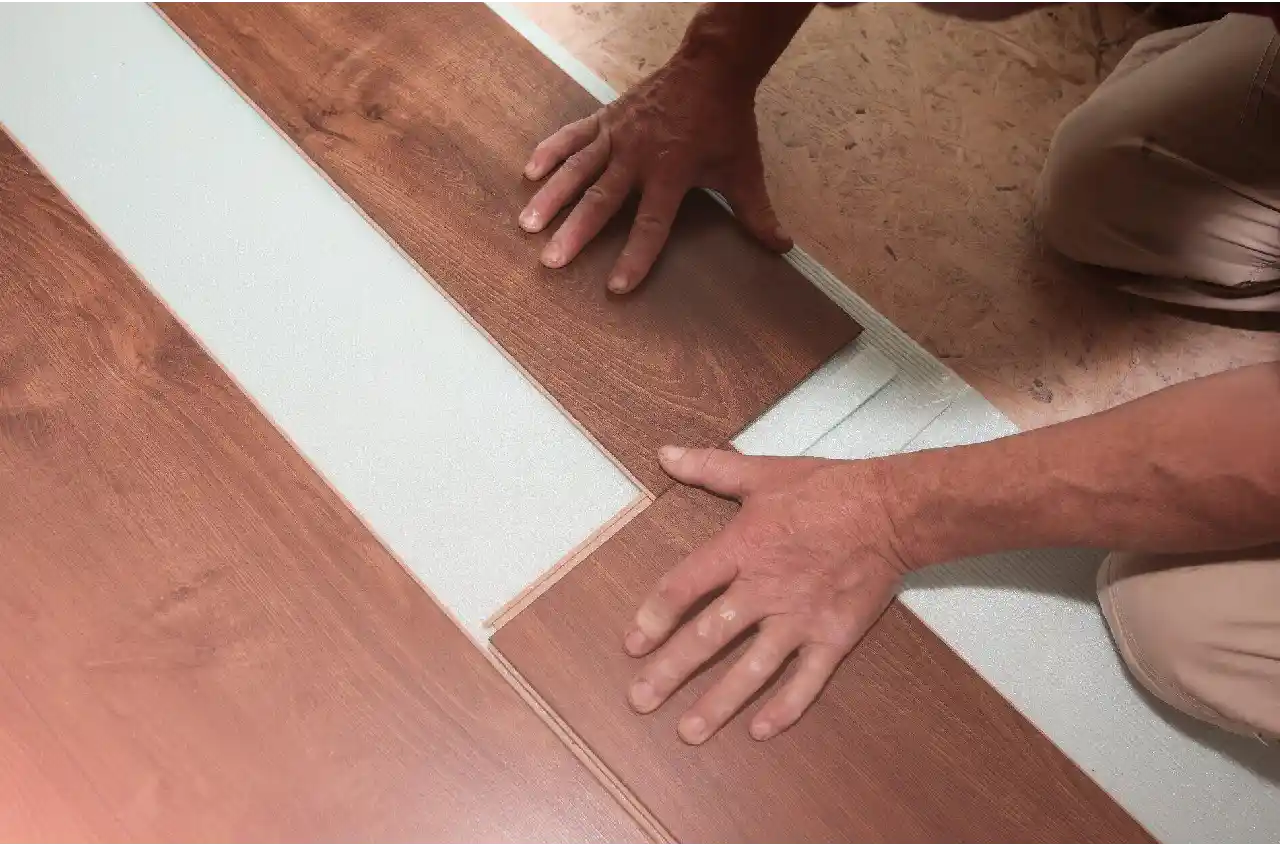NEWS
The Difference Between Solid and Engineered Hardwood Flooring: Which is Right for You?

When you walk on a nice floor, have you ever thought about what’s under the smooth surface? Engineered hardwood flooring could be the answer. It is a modern design marvel that is both beautiful and useful.
To clear up any confusion about solid and engineered hardwood flooring, we’ll list their pros, cons, and best uses in this blog post. You’ll know the difference by the end, and you’ll be able to pick the flooring that works best for you and makes your home look better. Get ready to change the way your space looks with style and knowledge.
Solid Hardwood Flooring
Solid hardwood is the traditional choice. It is made from a single piece of wood and has been the gold standard for hundreds of years, providing a durable and adaptable flooring option. Solid hardwood is a strong choice because it lasts a long time and can be sanded down and refinished many times.
Pros
It’s hard to find something as real and elegant as solid hardwood. Each plank shows off the natural grain patterns and colors of the wood species. It makes your home more valuable and can last for many years.
Cons
Solid hardwood is more likely to warp and buckle in places with a lot of moisture, so it lasts longer but costs more. Also, both the materials and the installation cost more than the engineered version.
Best Applications and Maintenance Tips
Solid hardwood works best in main living areas that don’t get too humid, like living rooms and dining rooms. It’s best for installations above ground and on the first floor. It needs to be cleaned and polished to keep its shine.
For expert advice, Services Curated can help you determine the best flooring options suitable for your specific space, ensuring a perfect fit and finish.
Engineered Hardwood Flooring
Engineered hardwood is made up of several layers of wood, with solid hardwood on top. The floor looks like solid hardwood, but its core is made of plywood or high-density fiberboard (HDF), which makes it more stable and flexible.
Pros
Engineered hardwood flooring durability is high due to its ability to be installed on various surfaces, making it less responsive to temperature and moisture fluctuations. It has versatile applications, including underfloor heating in below-grade and over-radiant areas.
Cons
While engineered hardwood can undergo sanding, it generally permits fewer refinishing sessions than solid hardwood. The reduced number of sandings implies that the floor’s lifespan is not as extended as that of solid hardwood, particularly when considering different installation methods.
Best Applications and Maintenance Tips
This type of wood is better for basements and other places where the humidity level changes a lot because it has a protective finish. It is also simpler to clean than solid wood. A light sweep and mop every so often is usually enough.
Comparing the Two
Solid hardwood and engineered hardwood are flooring options that cater to different needs and preferences. Engineered hardwood is a more adaptable choice, performing well in a wide range of environments, while solid hardwood offers the unmatched beauty of natural wood, coupled with durability.
Engineered Hardwood Flooring – The Smart Choice for Modern Homes
In conclusion, engineered hardwood flooring stands out as a wise selection for modern homeowners seeking a blend of elegance, durability, and practicality. It bridges the gap between traditional aesthetics and contemporary needs, accommodating various climates and usage scenarios with grace.
Whether you’re renovating an old charm or building a new haven, engineered hardwood offers a sustainable, versatile foundation that complements every style. Choosing engineered hardwood means investing in the beauty and longevity of your home, ensuring it remains a cherished space for years to come.
Keep browsing our website for more helpful articles!
Having completed my education in English, I’ve cultivated a successful career as a content writer. My tenure includes valued collaborations with distinguished professional organizations, reflecting my commitment to producing high-quality content.
Contact me on this mail: [email protected]










